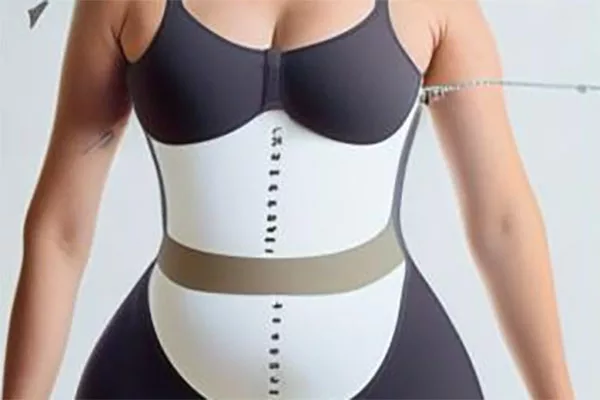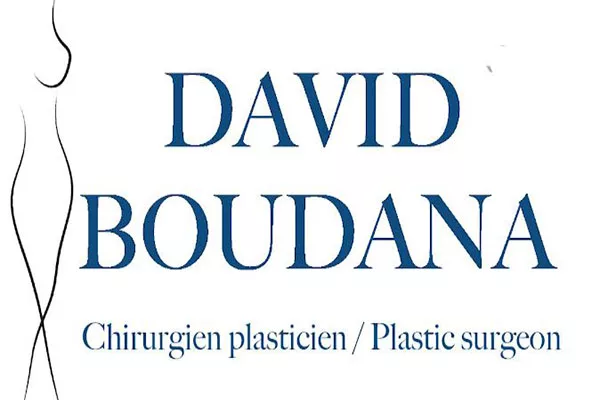As a human being, I understand that undergoing a tummy tuck or abdominoplasty can be a significant decision that requires proper planning and preparation. One of the essential aspects of recovery after surgery is wearing a compression garment. Compression garments can reduce swelling, aid in healing, and help achieve the desired aesthetic result. Selecting the right size and type of compression garment can make a significant difference in the recovery process. In this article, I will provide essential information about compression garments and sizes during the post-operative period.
Types of Compression Garments:
Compression garments come in various types and styles to accommodate different areas of the body. For abdominoplasty or tummy tuck surgery, there are specific types of compression garments that are appropriate. These include:
- High-waist compression briefs – covers the tummy, waist, and hips area.
- Bodysuits – covers the entire torso area, including the breast and upper thigh region.
- Compression leggings – covers the upper leg region, including the thighs and buttocks.
- Compression vests – covers the chest area, especially useful for men undergoing gynecomastia surgery.
It’s important to select the type of garment based on the recommendation of the surgeon or based on the specific areas where surgery was performed. It’s also essential to choose a garment that is comfortable to wear for an extended period to avoid discomfort and irritation.
Selecting the Right Size:
Selecting the right size for a compression garment is critical to achieve the maximum benefits during the recovery period. Wearing a garment that is too tight can cause discomfort, skin irritation, and restrict blood flow. Conversely, wearing a garment that is too loose may not provide the necessary compression to aid in healing and limit swelling.
To select the right size, it’s essential to follow the sizing chart provided by the garment manufacturer. The sizing chart typically includes measurements for the waist circumference, hip circumference, and height. It’s crucial to take accurate measurements to ensure the garment fits correctly. It’s also essential to consider post-operative swelling and choose a garment that will accommodate the increased size during recovery.
It may be helpful to purchase two garments, one for the immediate post-operative period, and a second garment for after the swelling has subsided. This will ensure that the garment provides the necessary compression at each stage of the recovery process.
When to Start Wearing a Compression Garment:
It’s essential to start wearing a compression garment immediately after surgery, once the surgeon removes the surgical dressings. Wearing a compression garment as soon as possible can help reduce swelling and promote healing. The surgeon may provide instructions on how to wear the garment and when to remove it for cleaning or showering.
Most surgeons recommend wearing a compression garment continuously for the first few weeks after surgery. After this initial period, the garment can be worn for a few hours a day as needed. It’s important to follow the surgeon’s instructions regarding the duration of wearing the compression garment to avoid hindering the healing process.
How to Care for a Compression Garment:
Proper care and maintenance of a compression garment can extend its lifespan and efficacy during the recovery period. Follow these steps to care for a compression garment:
- Wash the garment in cool water with mild detergent or soap.
- Rinse the garment well and lay it flat to dry.
- Refrain from using fabric softeners or bleach.
- Avoid exposing the garment to high heat, such as in a dryer or direct sunlight.
It’s also essential to have a spare garment while taking care of the primary garment. This will ensure that there is always a clean garment available for use while the other is being cleaned or drying.
Potential Risks and Considerations:
Compression garments are generally safe to use but can pose some potential risks if not used correctly. Some risks may include skin irritation, rashes, or restricted blood flow if the garment is too tight or worn for too long.
It’s essential to follow the surgeon’s instructions regarding the duration and type of compression garment to avoid any risks. It’s also important to report any discomfort or unusual symptoms to the surgeon immediately.
Individuals with certain medical conditions, such as circulatory problems or diabetes, should consult their physician before wearing a compression garment. Pregnant women should not wear compression garments, especially during the later stages of pregnancy.
Finally, it’s essentia to select a high-quality compression garment from a reputable manufacturer to ensure maximum benefits and safety during the recovery period.
Other Post-Operative Care Tips:
Wearing a compression garment is just one aspect of the post-operative care required after tummy tuck or abdominoplasty surgery. Here are some other tips to aid in a speedy recovery:
- Rest and avoid strenuous physical activity for at least the first few weeks.
- Eat a healthy and balanced diet to help with healing.
- Take pain medication as prescribed by the surgeon to manage pain.
- Attend all follow-up appointments with the surgeon and follow their recommendations for care.
By following these tips and wearing a compression garment, individuals can experience a smoother and more comfortable recovery after tummy tuck or abdominoplasty surgery.
Conclusion:
Wearing a compression garment is an essential aspect of post-operative care after tummy tuck or abdominoplasty surgery. By selecting the right size, type, and quality of compression garment, individuals can reduce swelling, aid in healing, and achieve the desired aesthetic result. It’s crucial to follow the surgeon’s instructions, care for the garment properly, and report any unusual symptoms to the surgeon immediately. By combining the use of a compression garment with other post-operative care tips, individuals can get back to their normal routine and enjoy the results of their surgery.
References:
1. American Society of Plastic Surgeons. (2021). Tummy Tuck. Retrieved from https://www.plasticsurgery.org/cosmetic-procedures/tummy-tuck.
2. Azzi JR, et al. (2020). A systematic review of the roles of garments, girdles, and binders in the treatment of abdominal wall wounds. A randomized controlled trial following an extensive burn of the abdominal wall. Journal of Trauma and Acute Care Surgery, 88(6), 951-957.
3. Colwell AS, et al. (2012). Patient satisfaction and quality of life after abdominoplasty. Annals of Plastic Surgery, 69(3), 361-365.
4. Siotos C, et al. (2019). The Evidence-Based Role of Compression Therapy in the Management of Plastic Surgery Patients: A Systematic Review. Journal of Plastic, Reconstructive & Aesthetic Surgery, 72(11), 1836-1845.
5. Thoma A, et al. (2016). Evidence-Based Clinical Practice Guideline: Comprehensive Abdominoplasty. Plastic and Reconstructive Surgery, 138(2), 361-376.







